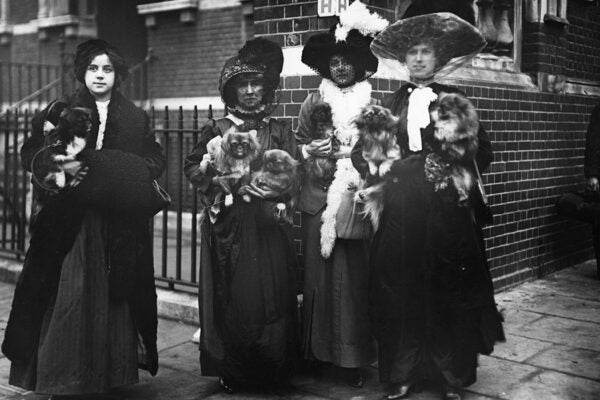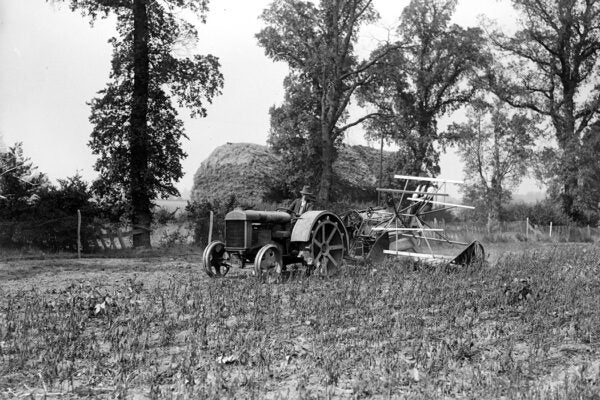“Border Science” vs. Commercial Occultism: A Nazi Debate
Occultism was widely embraced under the Third Reich, complicating Nazi attempts to wield it as a weapon against internationalism and other undesirable ideologies.
Dissident Memoirs Across Rust-Iron Curtains
Soviet dissident memoirs, like their authors, had to cross the Iron Curtain—an iron curtain of meaning and interpretation.
The Surprising Imperial History of the Pekingese Dog
Upper-class British women in the early 1900s participated in a craze for Pekingese dogs, signalling the role of empire in their social identities.
Arthur C. Clarke’s Scuba Adventures and Ocean Frontiers
Clarke’s interest in oceanic exploration in the 1950s was, like his undersea fiction, often neglected by an audience focused on the race for outer space.
A Massive Eruption 74,000 Years Ago Affected the Whole Planet
Archaeologists use volcanic glass to figure out how people survived.
Papering Over History
Efka—the German rolling paper company—was a Nazi regime favorite. After World War II, it was refashioned as a darling of the pot-infused counterculture.
Ford Country…in Rural Essex?
Between 1931 and 1947, Henry Ford financed an experimental farm in Essex to see if industrial American farming methods could be applied to British fields.
Introduction to Jewish Studies: A Reading List
The broad, ever-expanding field of Jewish Studies is united by texts, events, and figures that engage an established canon of ideas across disciplines.
Grenada: When the Cold War Got Spicy
The 1983 invasion of Grenada raised questions about the legitimacy of American reactions to a communist presence on the island.
A Multiculturalism of the Undead
Labeling the undead figures in non-European mythology, popular culture, and academia as “vampires” doesn’t make sense.









